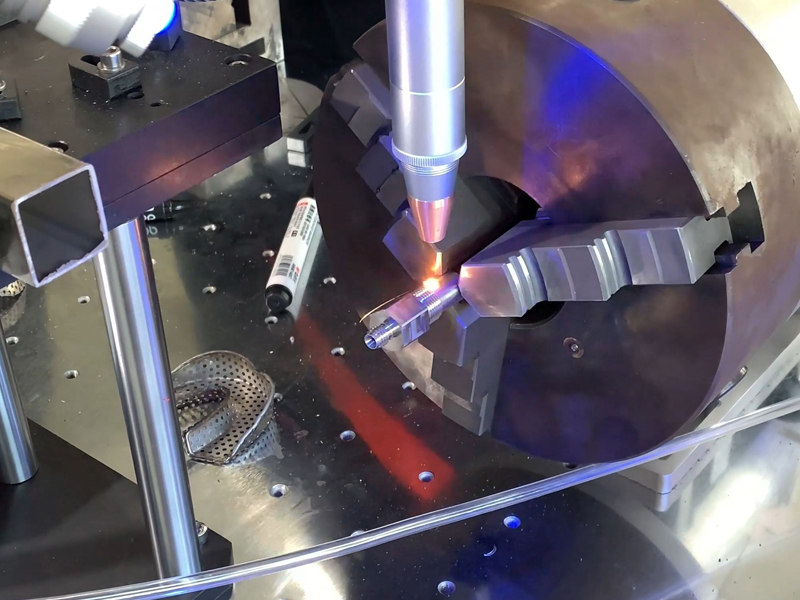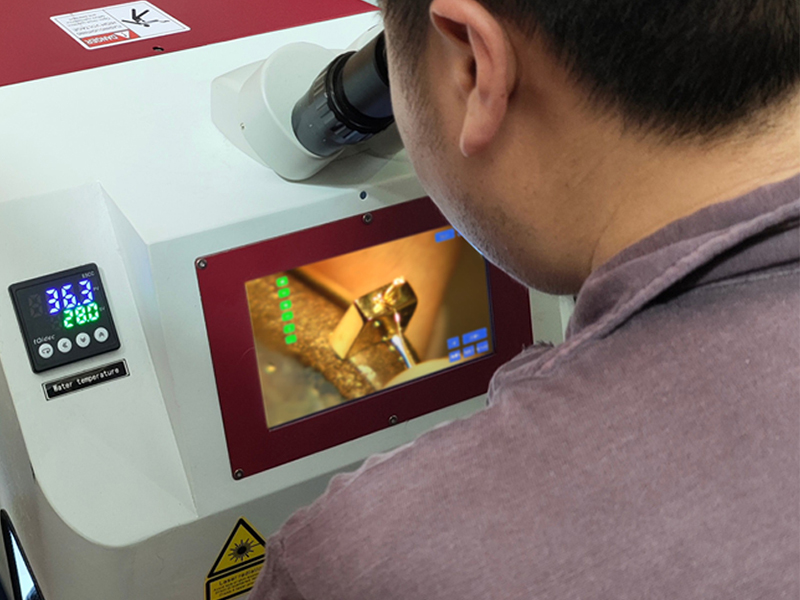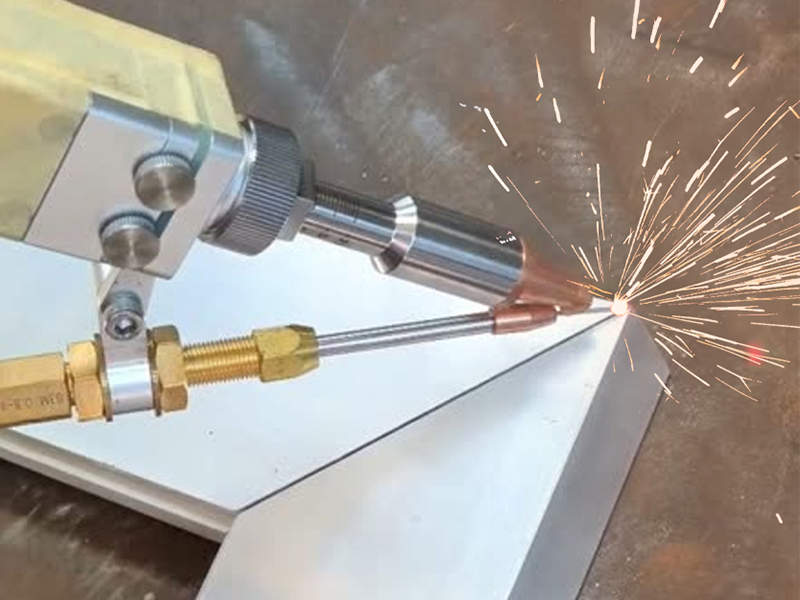Laser Rust Removal vs. Traditional Rust Removal: How to Choose?
Commonly referred to as rust, hydrated iron(III) oxide presents a challenge across many sectors, such as automotive, construction, aerospace, and marine. Failing to control corrosion can result in loss of visual appeal, expensive repairs, and erosion of critical infrastructure. Despite the availability of traditional removal techniques for over a decade, laser cleaning has recently emerged as an alternative with wide acceptance.
In this article, we are going to examine various methods of traditional rust removers’ characteristics, laser removes rust, analyze them side by side, and assist you in making an informed choice on what best suits your requirements.
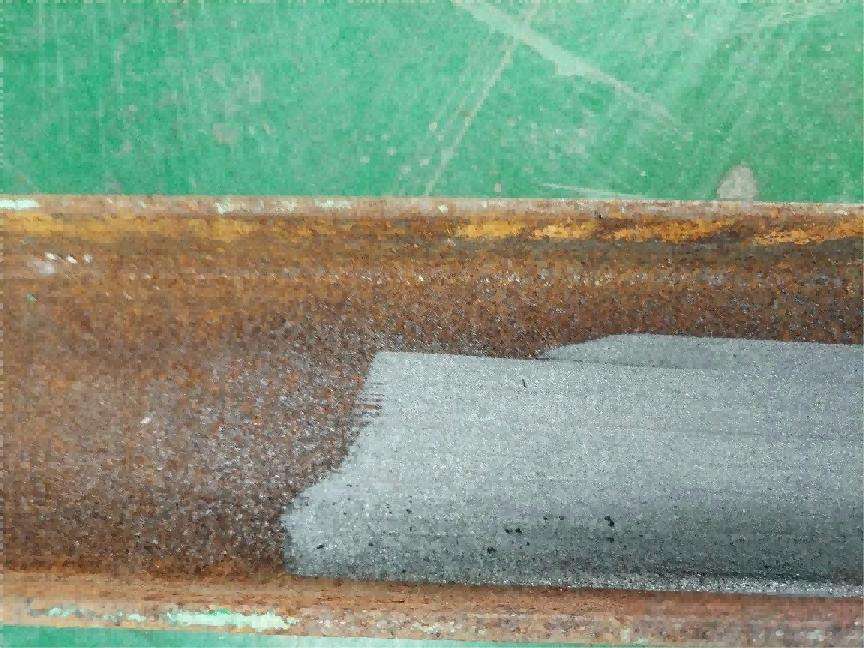
What are the Traditional Rust Removal Methods?
Several traditional methods exist for removing rust, each with its own set of advantages and disadvantages.
Manual Rust Removal
Including tools such as scrapers, hand hammers, steel brushes, and grinding wheels, this method involves treating rust on metal surfaces through actions like hammering, chiseling, grinding, and scraping. It aims to achieve rust removal through physical vibration and friction.
- Advantages: Low initial cost, simple tools, suitable for small areas.
- Disadvantages: Labor-intensive, time-consuming, inconsistent results, can damage the underlying material if not done carefully, ineffective for deeply embedded rust.
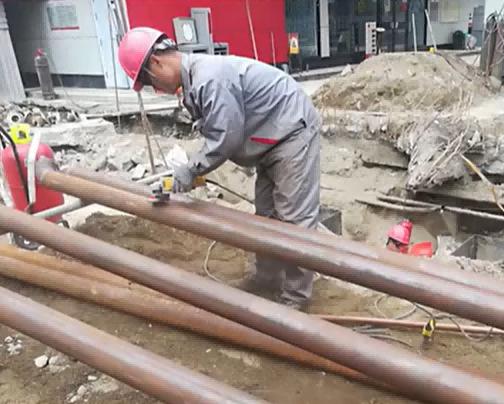
Mechanical Rust Removal
Tools like handheld grinders, electric brushes, and rust removal guns are used in mechanical rust removal to remove stains through impact and friction. Blasting and shot blasting are the two most commonly used techniques.
- Faster than manual methods, more effective for larger areas, and can remove thicker layers of rust.
- Airborne dust, as well as debris generation, is a disadvantage for environmental monitoring. Improper application can lead to surface damage, alongside requiring special equipment, which hinders adaptability for intricate components. Special care must be taken while selecting the abrasive medium used in sandblasting to minimise contact with the surface.
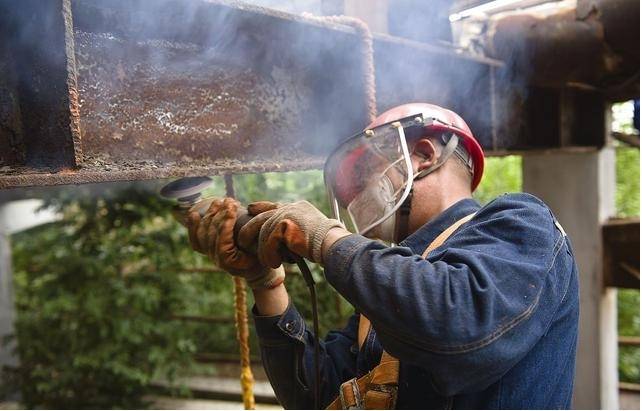
Chemical Rust Removal
This method uses chemical solutions, including phosphoric acid, hydrochloric acid, and chelating agents, to break down rust. The application of these chemicals alters the composition of rust, whereby it is either converted to a more stable compound or its mechanical removal is facilitated.
- Advantages: Effective on thin layers of rust, precise in application for hard-to-reach places, and easy to apply.
- Disadvantages: Potentially dangerous without proper precautions, meticulous surface preparation is necessary, may leave remnants upon use, disposal can be an environmental hazard, some bases are corrosive to metals.
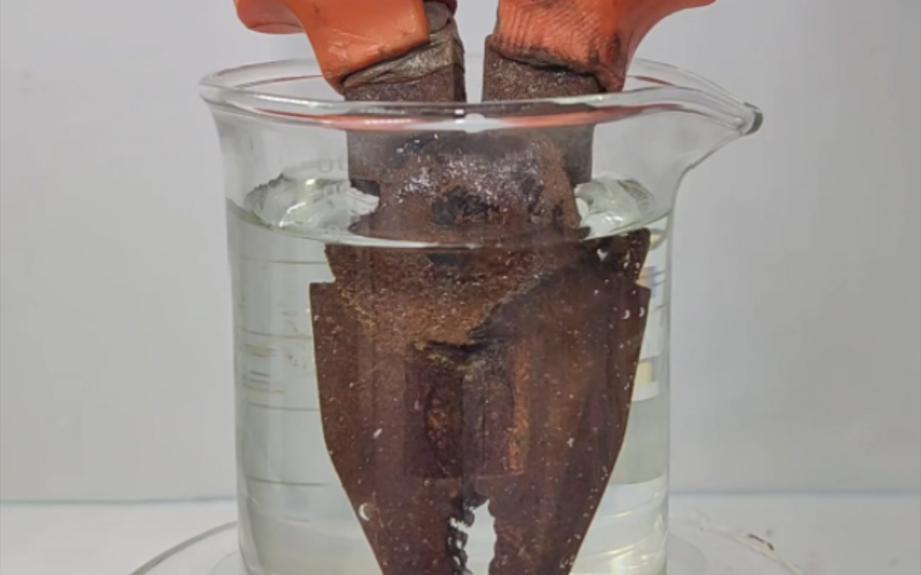
Characteristics of Laser Cleaning Machine Rust Removal
Laser cleaning utilizes a focused beam of light to vaporize or ablate rust and other contaminants from a surface. The laser’s energy is precisely controlled to target the rust layer without damaging the underlying material.
Advantages:
- Non-contact Cleaning: Easy to manually carry the device to any given workspace. Target selection and positioning cleaning is achieved through non-contact methods; throughout the entirety of the process, there is no damage to the substrate, pollution, or need for subsequent treatment.
- Fast and Efficient: Lowers cleaning costs while remaining fast and efficient; minimal thermal and mechanical loads are applied to the substrate, rendering destruction-free cleaning; operator health risks are non-existent, with safe and reliable processes.
- Easy to Automate: Offers freedom of movement, which allows integration with CNC systems for automatic selective scanning as well as remote control cleaning, making it multifunctional. Safety and reliability are also maintained alongside the aforementioned benefits, which protect operator health.
- Multi-functionality: Laser cleaning applies to different types of materials such as metals, plastics, ceramics, and composites.
- Precision and Selectivity: Can be directed towards rust layers and removed from complicated surfaces without interfering with the surrounding base material. Rust removal can be done selectively through adjusting the underlying laser power or wavelength, enabling preservation of base materials.
Disadvantages:
- High Initial Cost: The initial investment in laser cleaning equipment can be significant.
- Safety Concerns: Laser cleaning requires proper safety precautions, including eye protection and ventilation, due to the potential hazards of the laser beam and any fumes generated.
- Not Suitable for All Materials: While versatile, laser cleaning may not be suitable for all materials or types of rust. Some materials might be more susceptible to laser damage, and certain types of rust might be more resistant to laser ablation.
Laser Rust Removal vs. Traditional Rust Removal: How to Choose?
| Feature | Traditional Rust Removal | Laser Cleaning |
| Precision | Varies; can be imprecise, especially in tight areas. | Highly precise; targets rust without affecting the base material. |
| Selectivity | Limited; may remove base material along with rust. | Highly selective; adjusts wavelength and power to remove only rust. |
| Accessibility | Can be challenging for hard-to-reach areas. | Can access even complex or difficult-to-reach areas. |
| Base Material | Potential for damage, especially with aggressive methods. | No damage to the base material; non-contact process. |
| Speed | Can be slow and labor-intensive. | Fast and efficient; significantly reduces cleaning time. |
| Cost | Lower initial cost for equipment and materials. | Higher initial investment, but lower long-term operational costs due to speed and efficiency. |
| Environmental Impact | May produce waste or use harmful chemicals. | Environmentally friendly; reduces waste and eliminates the need for chemicals. |
| Automation | Difficult to automate. | Easily integrated with CNC technology for automated scanning and cleaning. |
| Material Versatility | Varies depending on the method. | Can be used on a wide range of materials (metals, plastics, ceramics, composites). |
| Surface Finish | May require additional steps to achieve desired finish. | Can achieve specific surface finishes without damaging the base material. |
Summation
The use of traditional rust removal techniques, including manual, mechanical, or chemical cleaning, is often preferable in limited scope projects due to budgetary constraints. Notwithstanding this fact, laser cleaning has become increasingly popular as it provides enhanced precision for a wide range of tasks with minimal environmental impact.
Although the upfront cost of purchasing laser cleaning tools is greater than other methods available in the market, they do provide an economic advantage when measured against long-term costs associated with labour and raw materials. After reviewing the factors presented in this article, careful consideration enables you to select the optimum approach for your requirements.
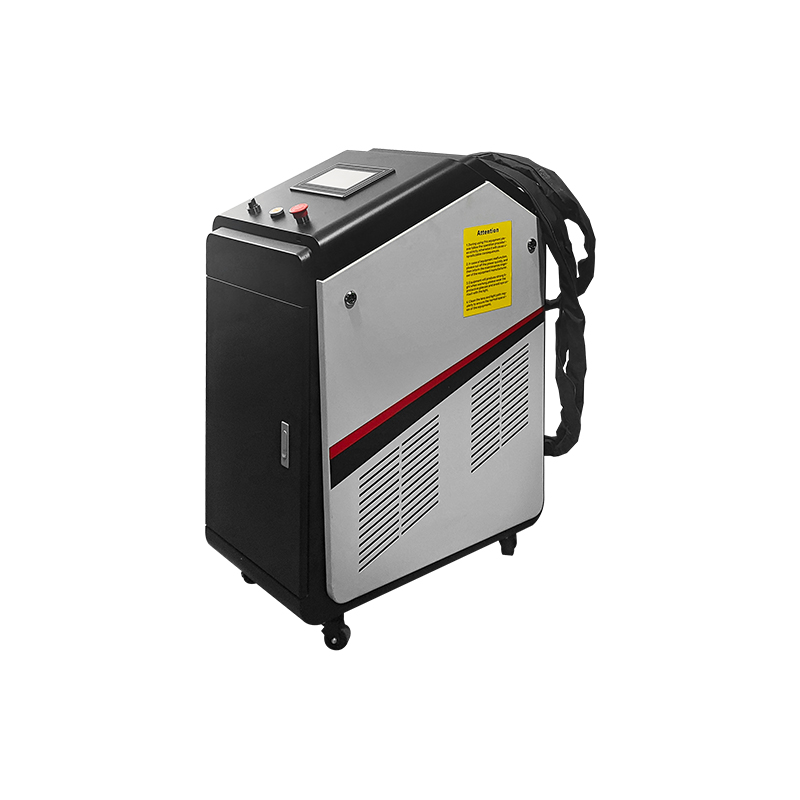
Zixu offers high-quality industrial continuous laser cleaning machines and pulsed laser cleaning machines with a wider range of applications and more refined cleaning effects. Laser cleaning utilizes a high-energy laser beam to evaporate rust, paint, coatings, oil, ink, etc. from metal and non-metal surfaces, with no mechanical wear, no cleaning agent consumption, and no harmful emissions. If you have equipment needs, please feel free to contact us for pricing.
Recommended Products

